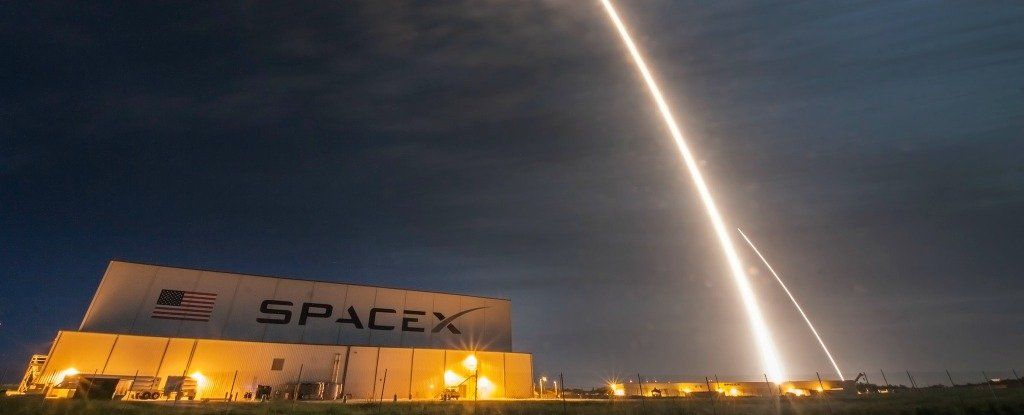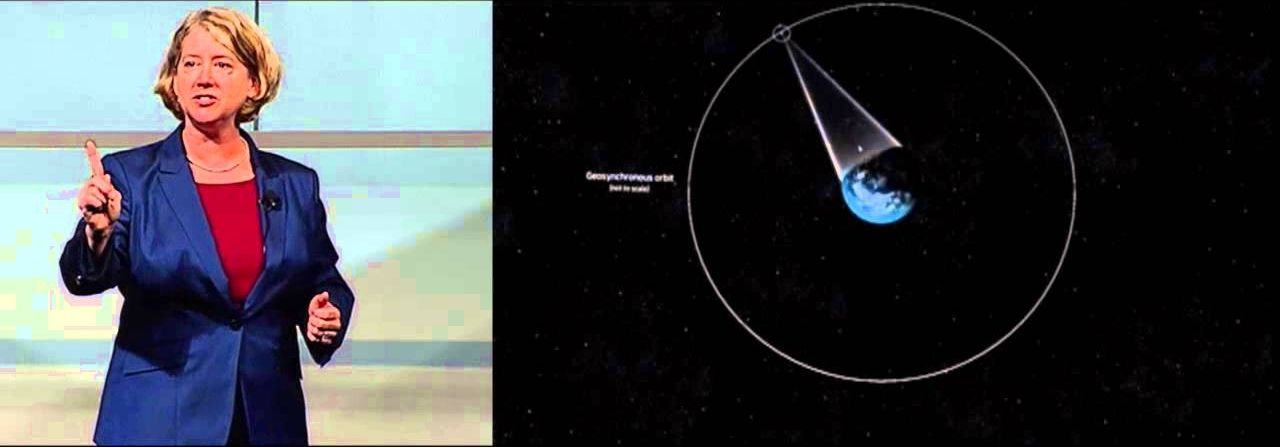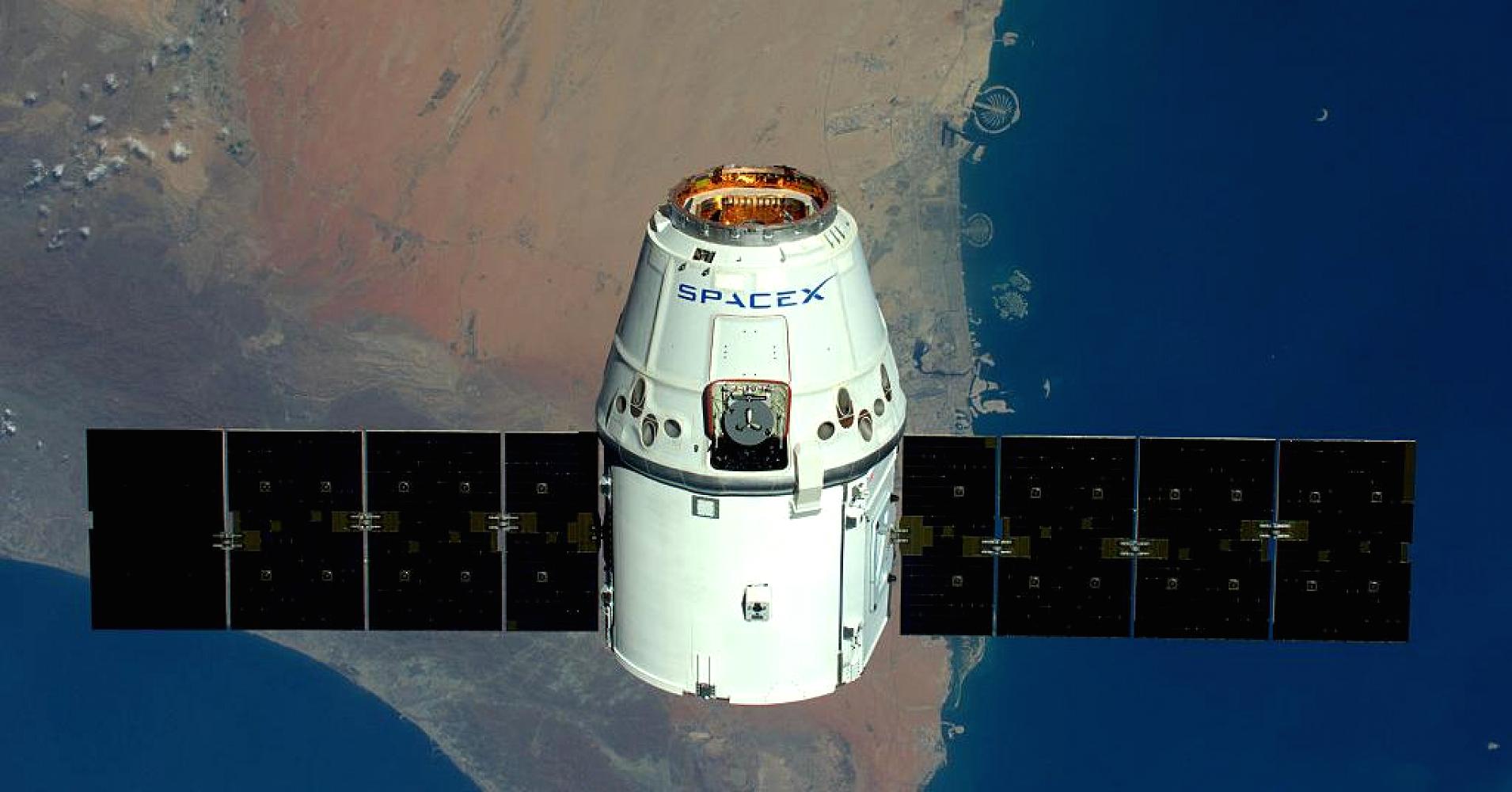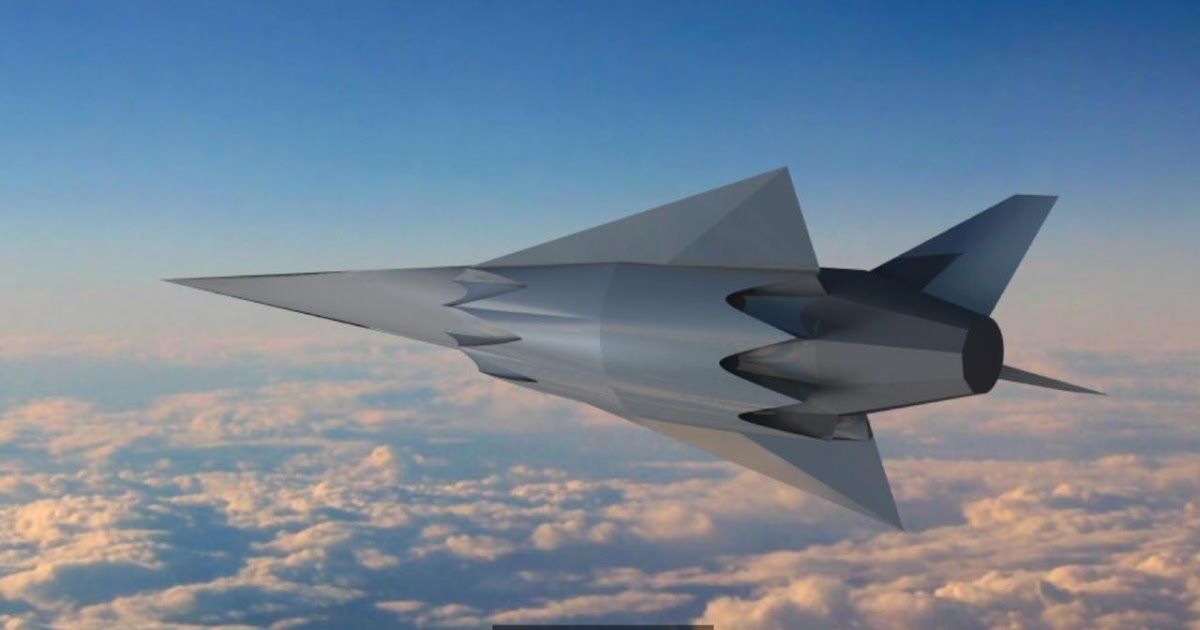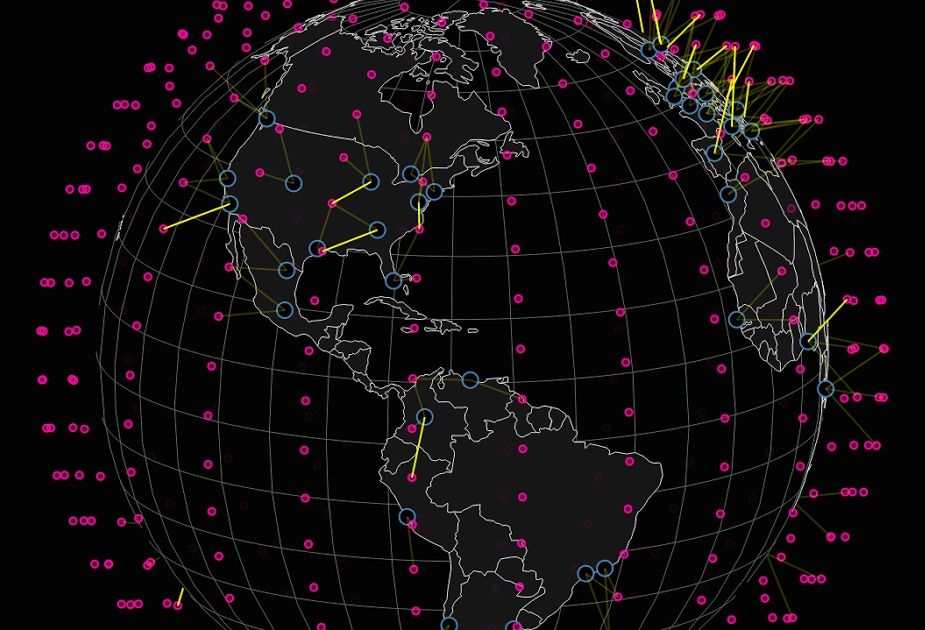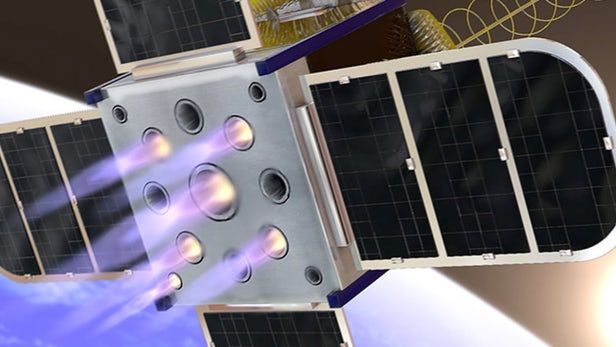Nov 27, 2016
SpaceX Wants to Surround Earth With an Internet Service That’s 200 Times Faster
Posted by Klaus Baldauf in categories: Elon Musk, internet, satellites
SpaceX, the aerospace company founded by the Mars-hungry tech entrepreneur Elon Musk, just made a big move to enshroud the planet in high-speed internet coverage.
On November 15, the company filed a lengthy application with the Federal Communications Commission (FCC) to launch 4,425 satellites. (We first heard about the filing through the r/SpaceX community on Reddit.) That is a hell of a lot of satellites.
According to a database compiled by the Union of Concerned Scientists, there are 1,419 active satellites currently orbiting Earth.
Continue reading “SpaceX Wants to Surround Earth With an Internet Service That’s 200 Times Faster” »
